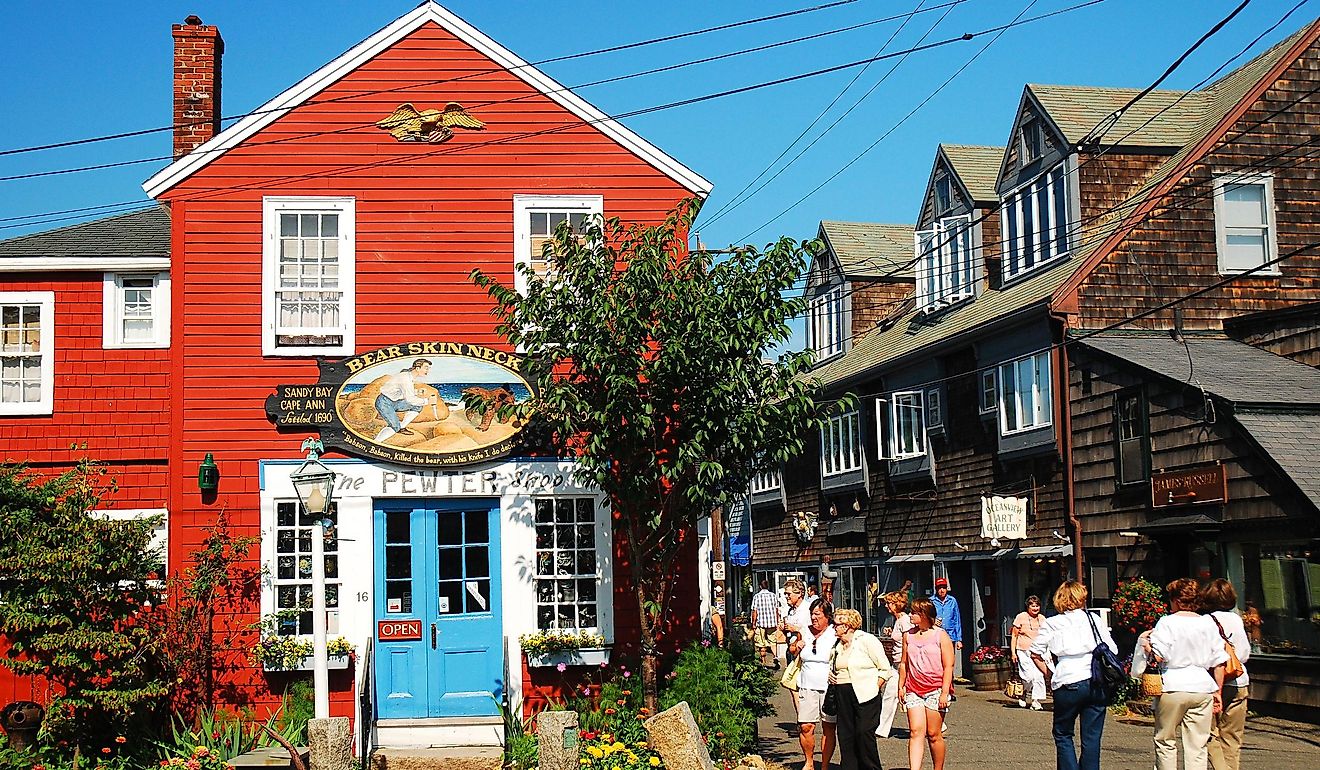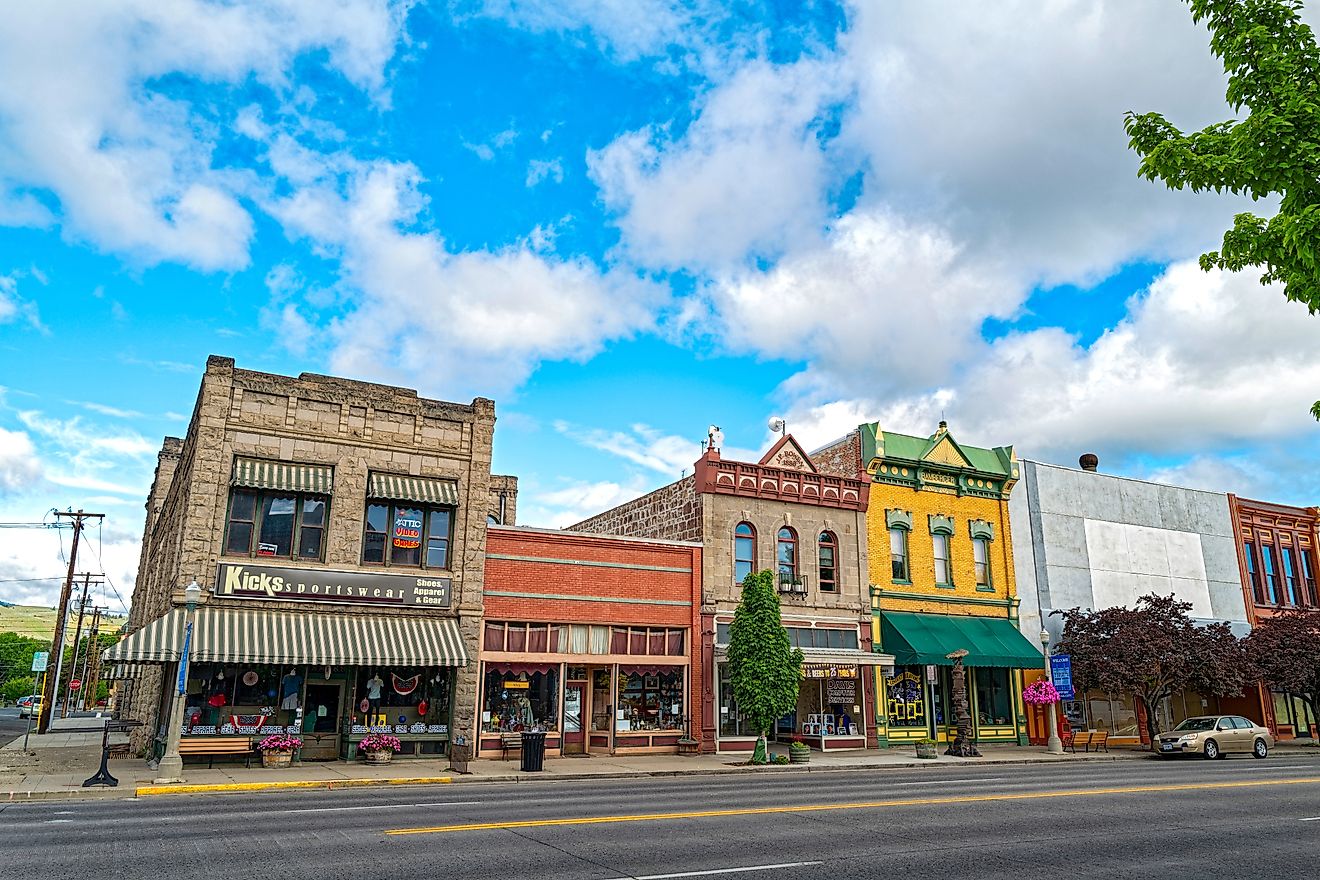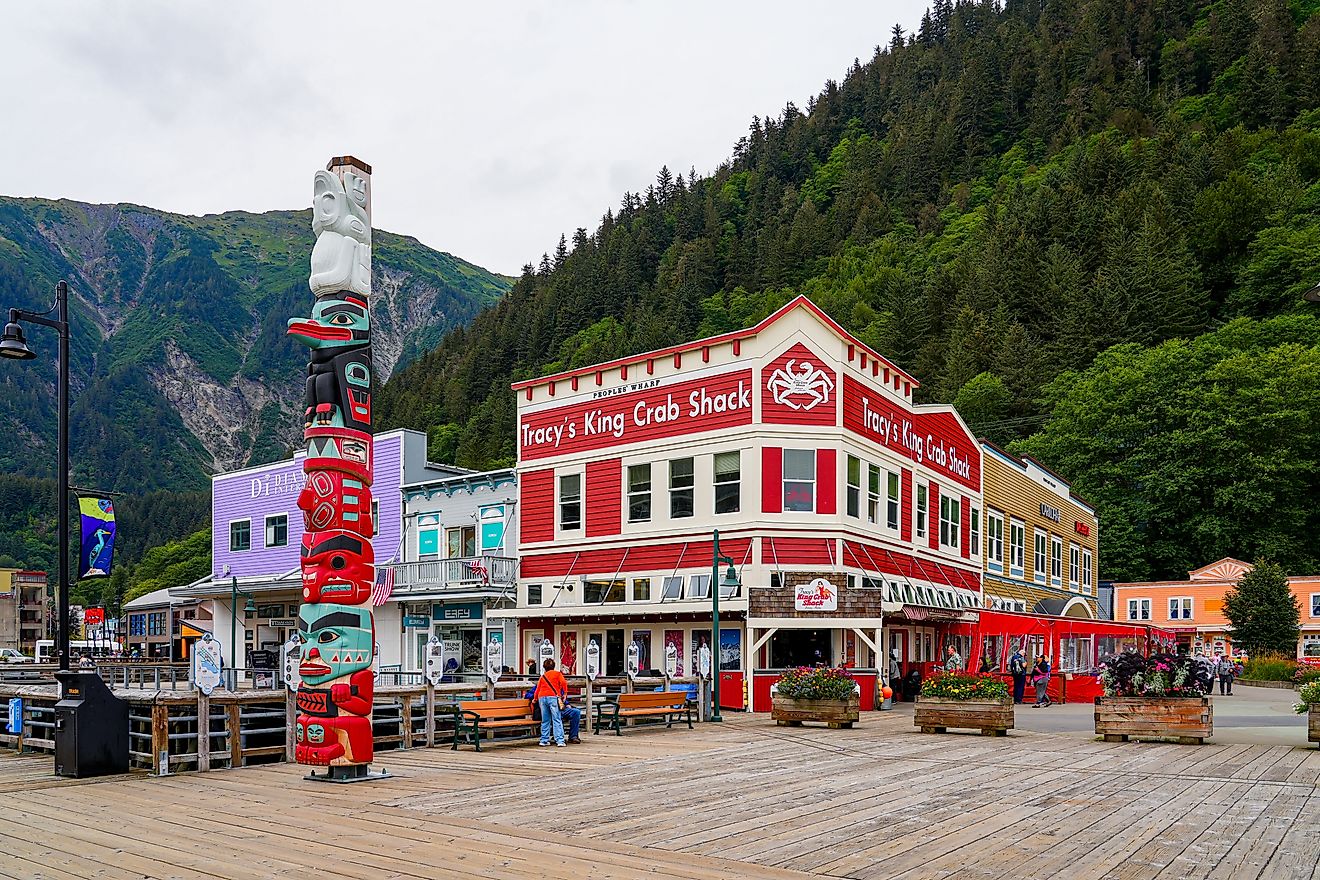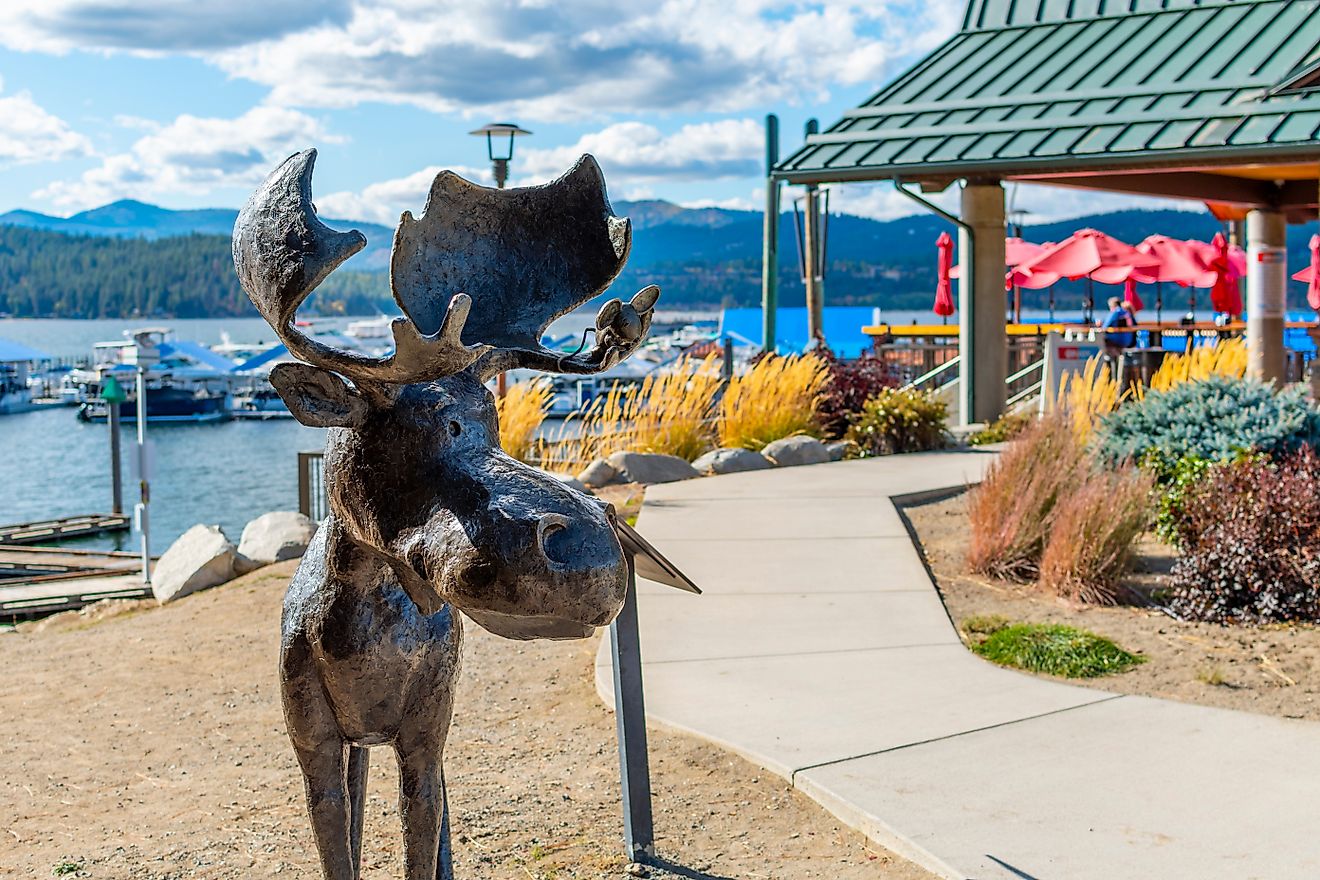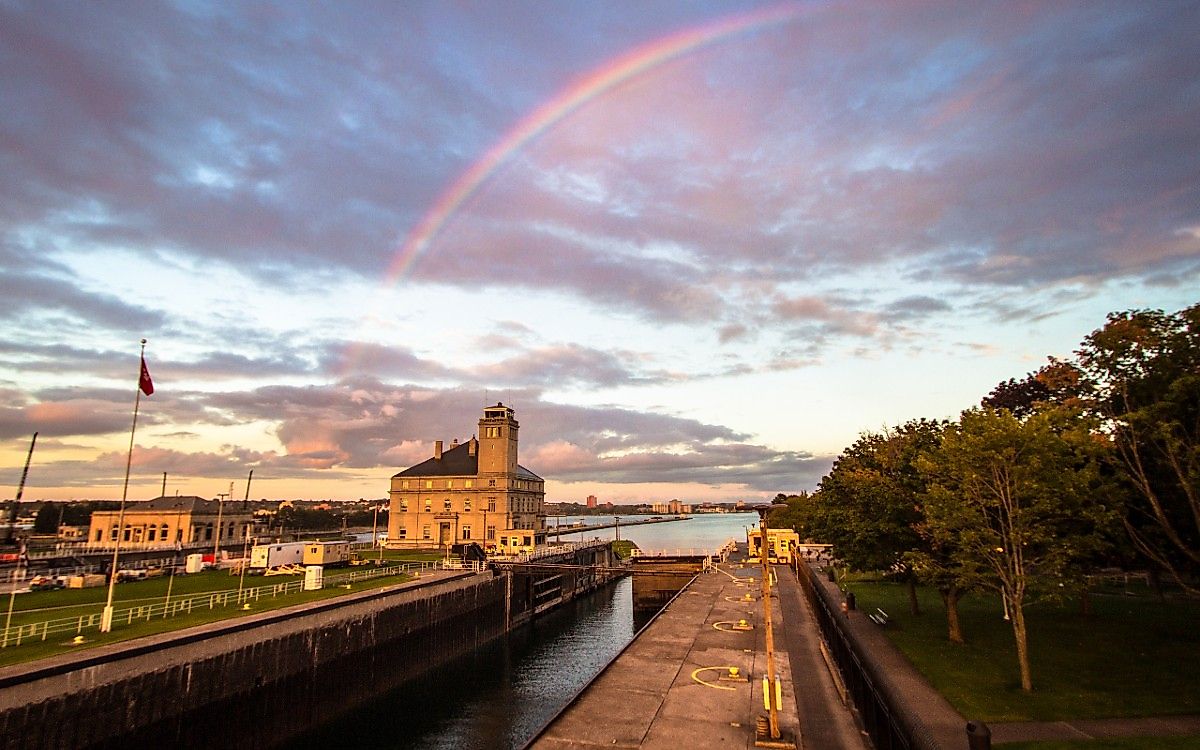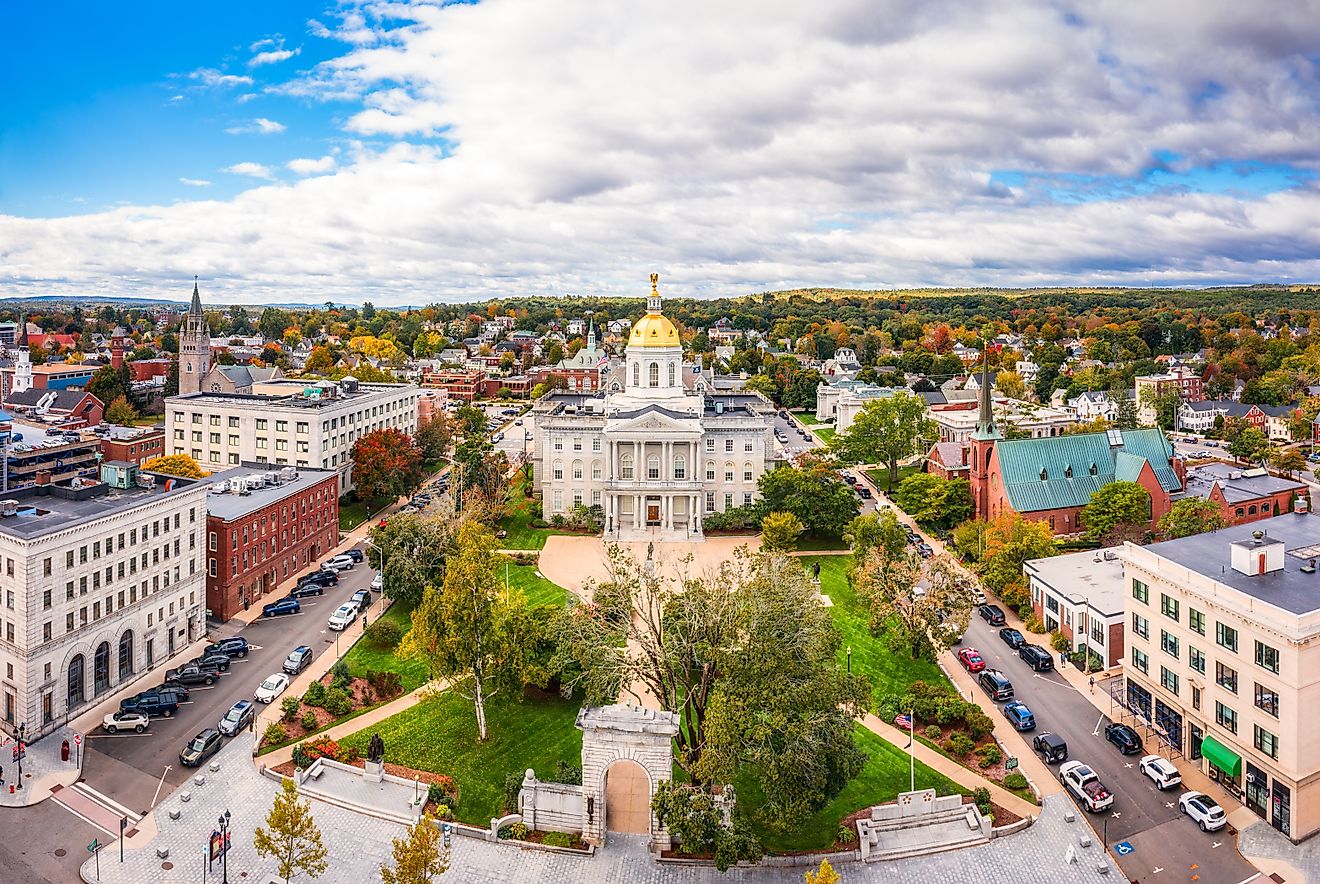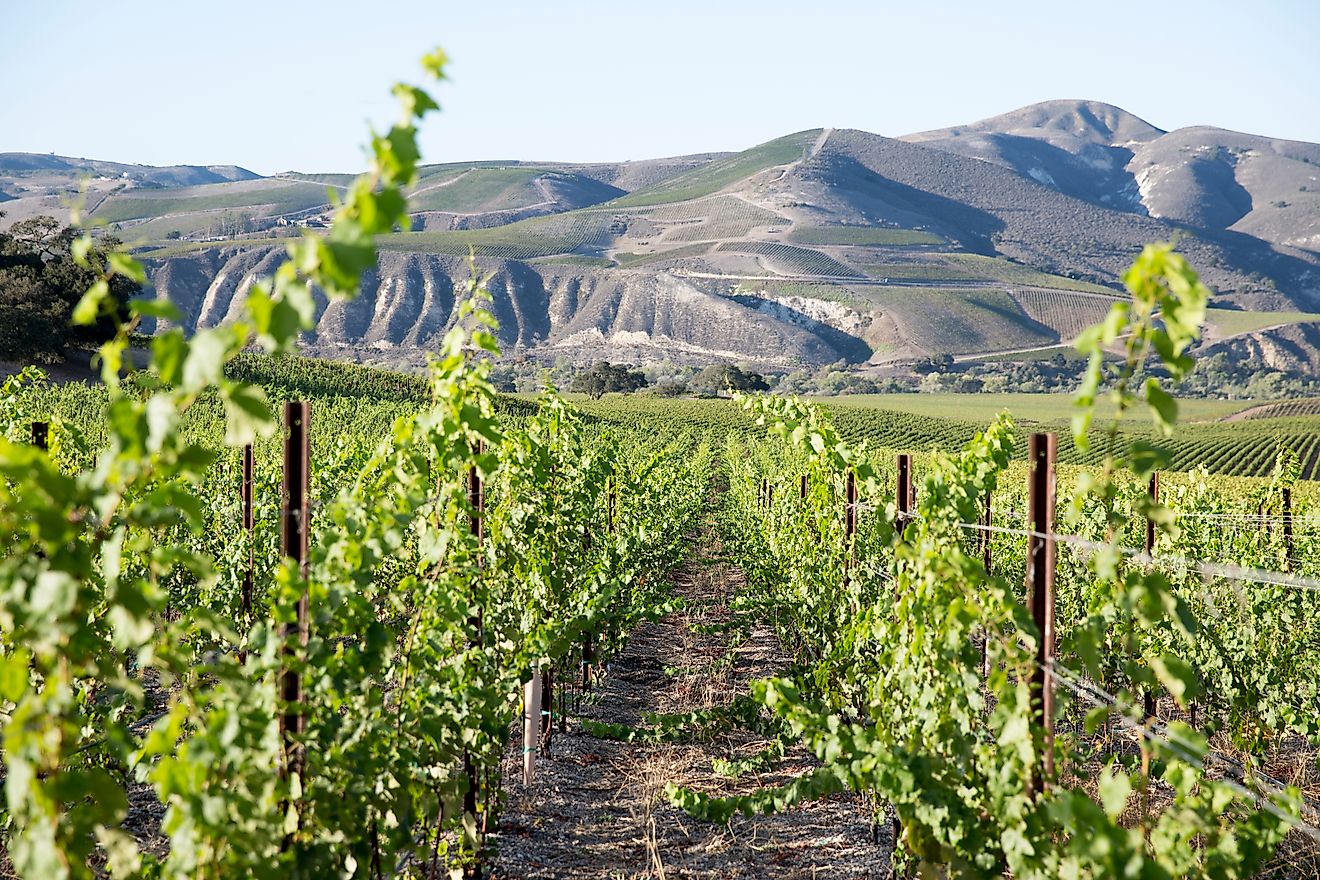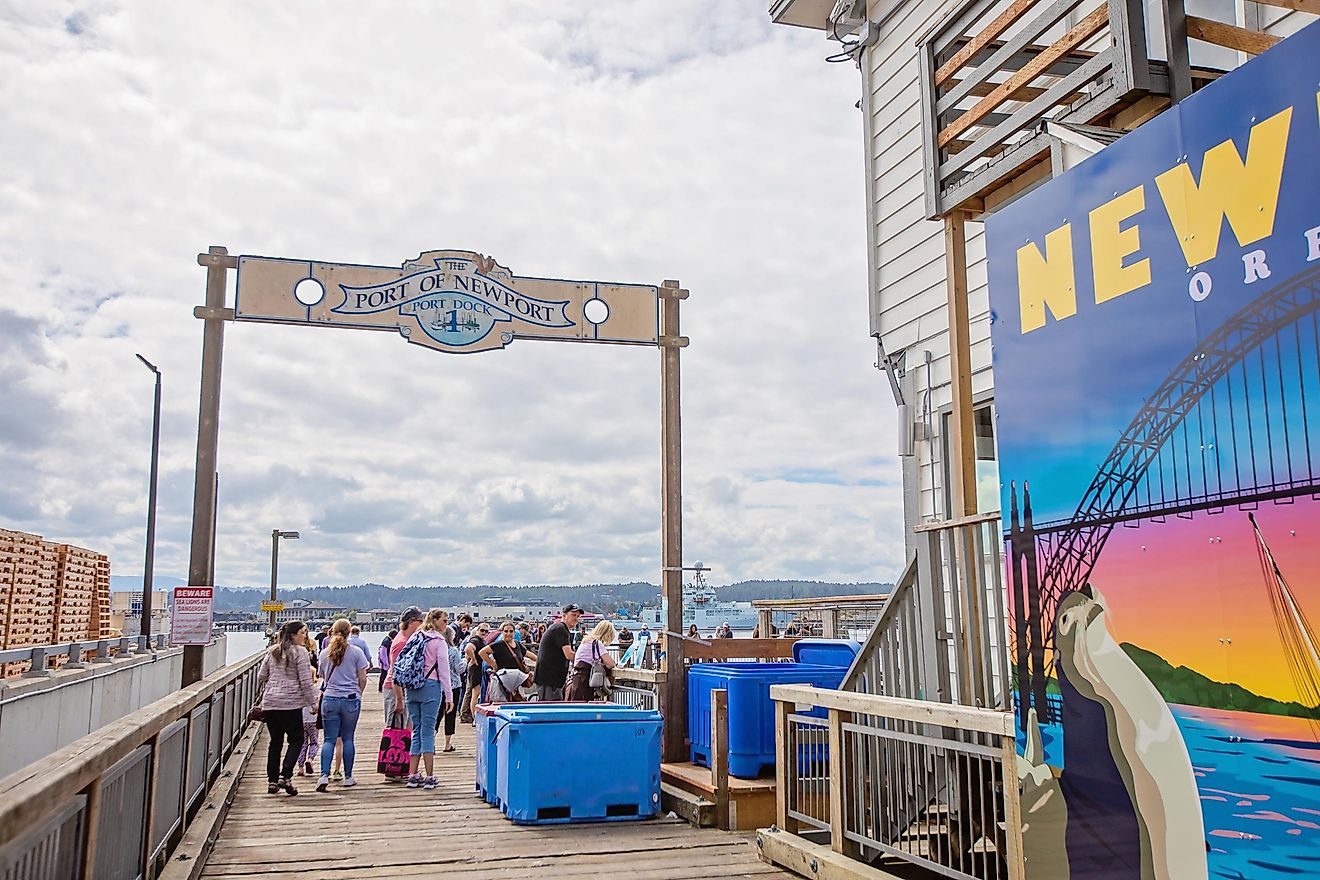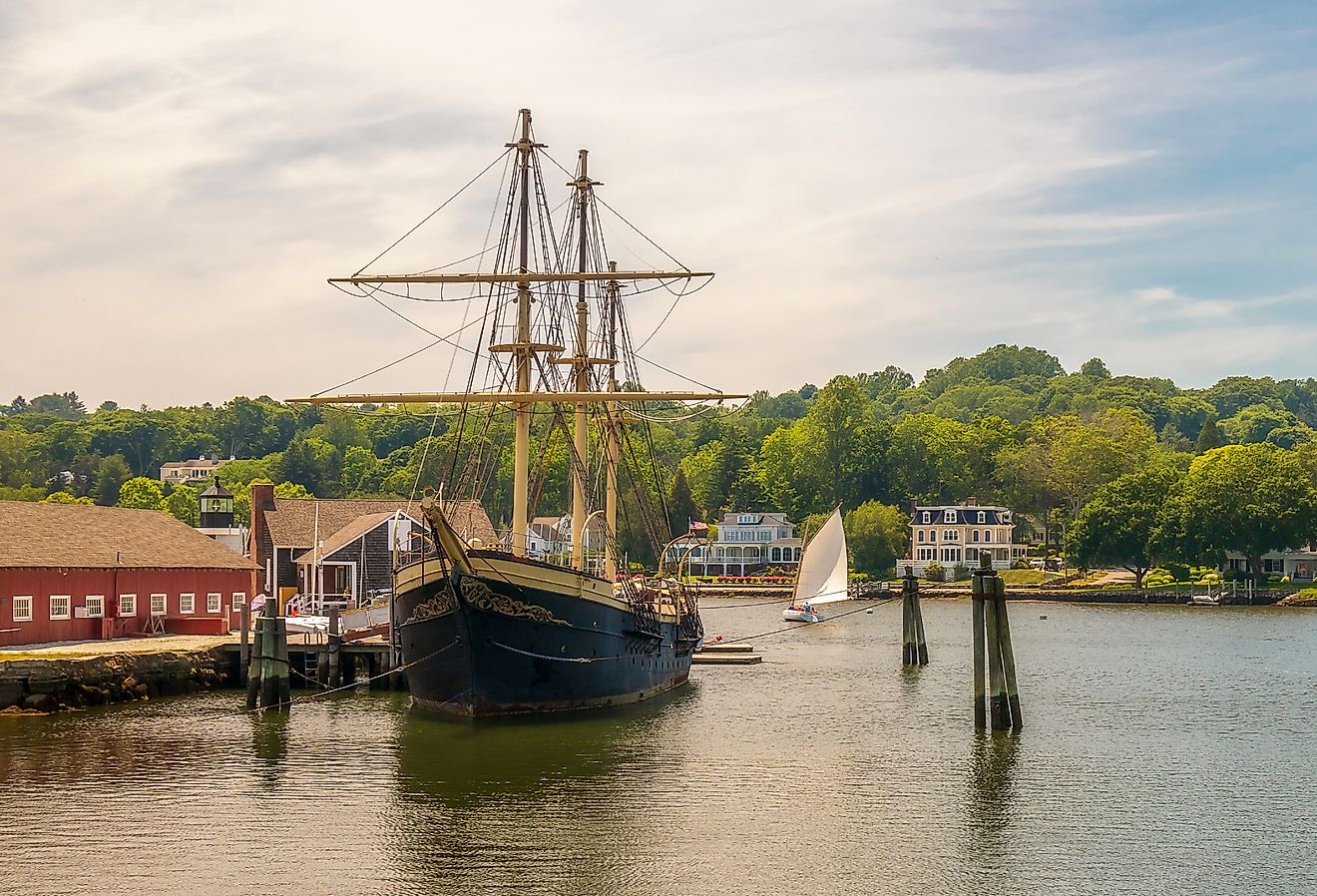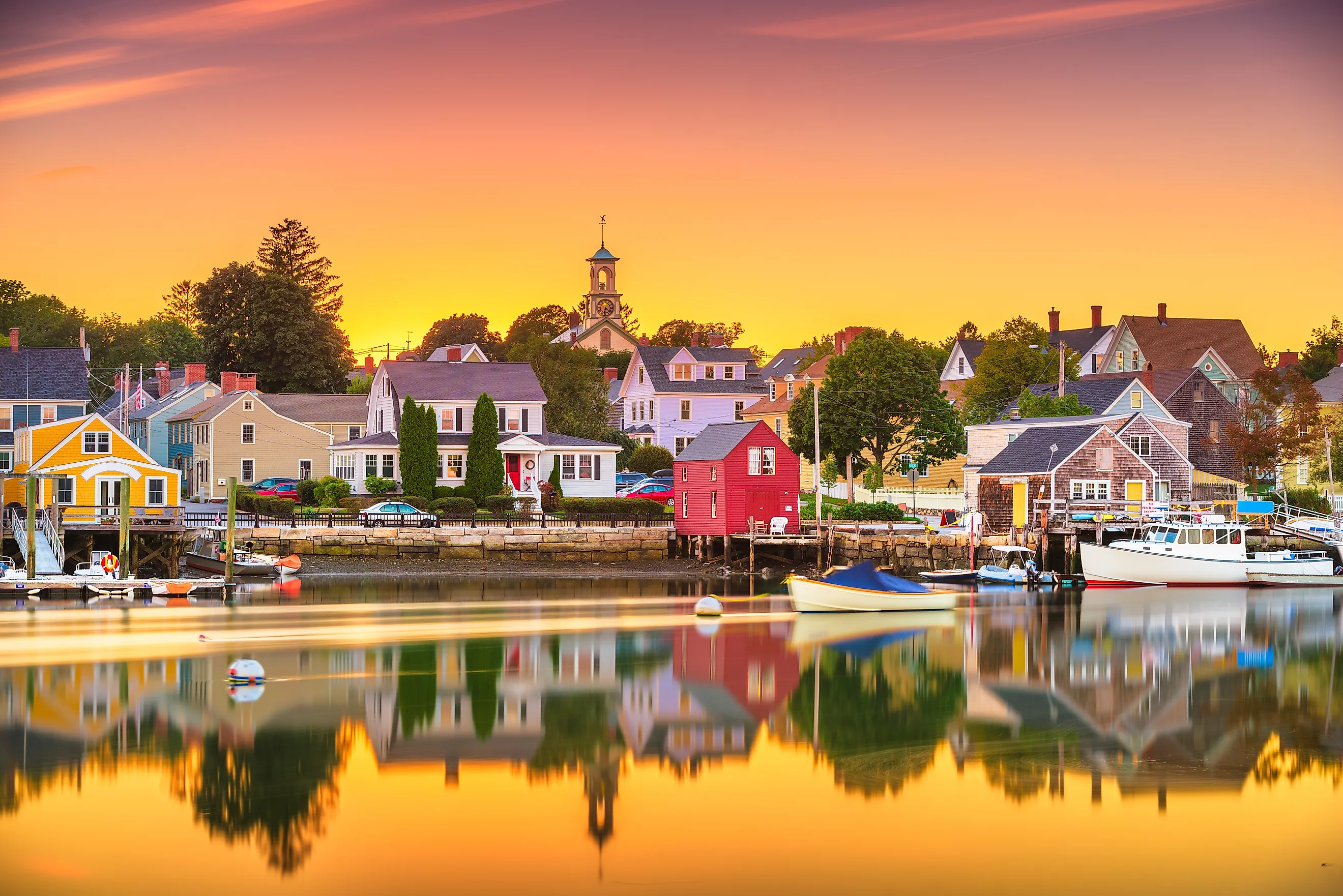
6 Playfully Peculiar Towns In New Hampshire
The northeastern state of New Hampshire traces its lineage back thousands of years. Numerous Northeastern Woodlands tribes, such as the Abenaki and Pennacook, lived throughout its valleys and coasts long before whispers of Norse landings or colonial settlements emerged. Some argue that evidence hints at Viking contact along its rugged waterways, though that claim is widely disputed; it was European pioneers who ultimately claimed the soil in the early 1600s. From the White Mountains to the broader Appalachian spine of which they are a part, the Granite State moves between exceptional terrain and changing seasons.
One second, the White Mountain State glows with white frost and green meadows; the next, it meets dunes and the blue Atlantic. Yet its most eclectic qualities aggregate in the towns scattered across this terrain, where certain enclaves emerge not merely as relics or stopovers but as self-contained pockets of peculiarity. These eccentric New Hampshire towns refract the state through a distorted but fascinating lens and demand attention not for their gateways, but for the stories within. Let's visit six playfully peculiar towns in the great state of New Hampshire.
Sargent’s Purchase

Sargent’s Purchase is a township within the White Mountain National Forest that has a permanent population of zero citizens as of the latest census. The supreme reason behind this fact, as well as its peculiar geography, is a weather so fierce it challenges the imagination. Ever since Darby Field climbed here in 1642, people have talked about Mount Washington’s unpredictable, bone‑chilling cold. According to the Mount Washington Observatory, wind chill has, on one occasion, plunged below minus 100 degrees Fahrenheit, while gusts have exceeded 230 miles per hour, temporarily making it colder than Antarctica.
The mountain also carries multiple quirks and mesmerizing aspects that grip attention. Folklore intrigues hikers as they pay attention to Native stories about Agiocochook, the “Mother of Storms.” Meanwhile, others often feel the pull as they hear whispers about shadows on the summit that refuse to leave. Backpackers reach the Lakes of the Clouds Hut at over 5,000 feet via the Presidential Range trails. The cozy lodge blankets weary climbers with bunk rooms and hot meals, making it ideal to decompress and revitalize.
Sugar Hill

Maple groves helped Sugar Hill find its name, its seasonal blaze bursting into color each autumn across its hills. The town strikes a balance between old-world charm and modern eccentricities and amenities. It maintained a resort identity through the late 1800s and early 1900s, when urban elites arrived seeking clear skies and mountain air. Today, visitors still relish the sweeping views of the White Mountains to the east, Mount Lafayette ahead, and Vermont’s Green Mountains spilling west. Although it became New Hampshire’s newest town in 1962 after separating from Lisbon, its timeline dates back centuries. The Sugar Hill House Golf Course laid out its first fairway in 1897 and now carries National Register of Historic Places status. Golf legend Bobby Jones once graced this turf, which is also the Granite State's oldest in the sport.
Sugar Hill also caught the attention of Hollywood when actress Bette Davis landed at Peckett’s-on-Sugar-Hill Inn and crossed paths with Arthur Farnsworth, later her husband. Each summer, she stayed in her self-built Butternut Cottage, a retreat that still stands today, welcoming guests who seek a vicarious glimpse into Tinseltown vogue. Farnsworth’s memorial survives, as Sugar Hill Historic Museum and Sugar Hill Sampler both display Davis’s sleigh and memorabilia.
Chesterfield

Chesterfield’s peculiarity holds a mix of historical significance and edge-of-a-swamp fireside folklore. Its most notable landmark, Asbury United Methodist Church, earned the title “Mother Church of Methodism in New Hampshire” when followers formed a congregation in 1795. Francis Asbury visited in 1804, and the church building that stands today dates from 1844. Its Greek Revival frame demands our attention, and the congregation still runs food pantries, senior dinners, and summer youth programs.
Folklore gives Chesterfield its bone-deep edge. Serving a transfixing touch to Chesterfield Poor Farm and green meadows by its side, Catsbane Brook carries stories explaining its odd name. Madame Sherri Forest hosts the ruins of a 513-acre castle-like property. Its stone staircase, archways, and chimneys rise from the forest floor, and visitors report unexplained lights, echoes of laughter, and sightings on misty nights. Not to be undone, Southeast Chesterfield once hosted small settlements like Hardscrabble and Nash City near Fullam Pond’s challenging trails, where stories of eccentric residents linger in Pisgah State Park. The 13,300-acre site holds its own as a quintessence for adventures, with seven ponds, four highland ridges, and a sprawl of wetlands under its belt.
Seabrook

Seabrook lights up the White Mountain State every July, combining small-town fireworks with community pride and sharing the glow with its neighbors. While Massachusetts restricts certain fireworks, Seabrook keeps its skies ablaze with licensed displays that are celebratory, not chaotic. Locals swap syllables like Old English speakers, trimming words and delivering an old-town rhythm more reminiscent of 17th-century fishermen than modern speech. Outsiders have even said hearing the accent feels like overhearing a conversation in rural Wales.
New Hampshire also offers some of its most breathtaking sights in Seabrook, from the Seabrook Town Forest and its pond, which flow all the way to the Atlantic coast. The latter, particularly the Seabrook Dunes and Beach, features dunes and foamy surf, both of which act as guardians of the shoreline and homes for wildlife. Coastal storms have eaten away at historic dunes since 1776, so the town now replants grasses and installs fences to rebuild the coastline’s natural buffer. South of those shores, salt marshes continue the gradient, spilling into Salisbury. Seabrook also anchors its own lagoons in the Cains Brook watershed, which thrives with fish, frogs, turtles, birds, and occasional deer despite nearby development.
Portsmouth
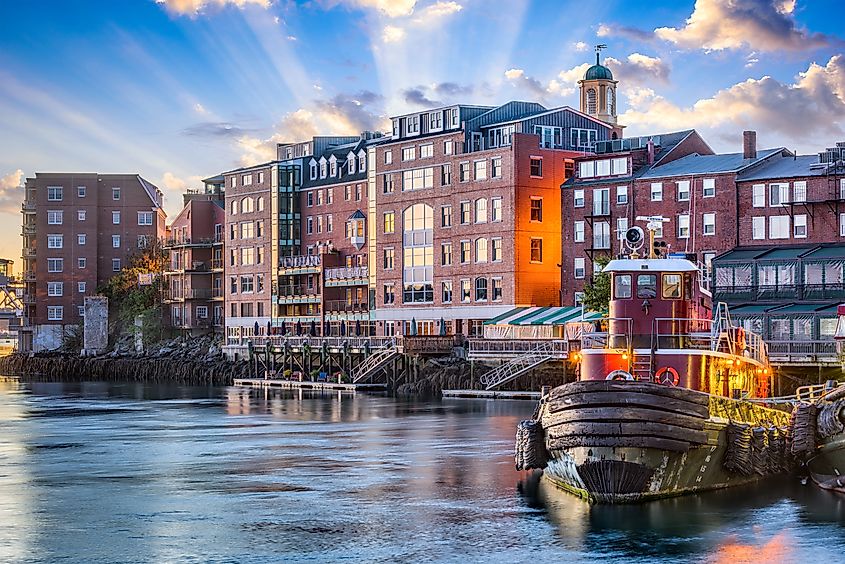
With distant White Mountains and inlets like Four Tree Island, Portsmouth maintains proximity to both mountains and the ocean. While its maritime history and beaches reign supreme, it is also a vibrant place that cherishes its unique flavor and sophomore eccentricities we tend to leave behind as we grow older. Museum of Dumb Guy Stuff is a prime example of its quirkiness, serving as an eccentric shrine to boyhood in the 1960s and a whimsical dive into nostalgia. Meanwhile, Portsmouth Harbor Lighthouse is said to be haunted by its former keeper, supplying a spooky experience for those who dare to venture out to it.
Portsmouth is also a culinary hot spot with an abundance of restaurants. The Library Restaurant, in particular, demonstrates how the city connects all its traits. It operates an elegant 1785 mansion where this restaurant features steakhouse fare, wines, and a lively bar scene. Moreover, even special occasions speak to their love for modesty, as residents enjoy street food, live music, arts, crafts, and more during Market Square Day. The annual festival also celebrates the downtown district by organizing a 10K race. Portsmouth is also one of only two towns in New Hampshire that take part in the long-standing First Night tradition, keeping the extravaganza lively with music, dance, fireworks, and ice sculptures.
Colebrook
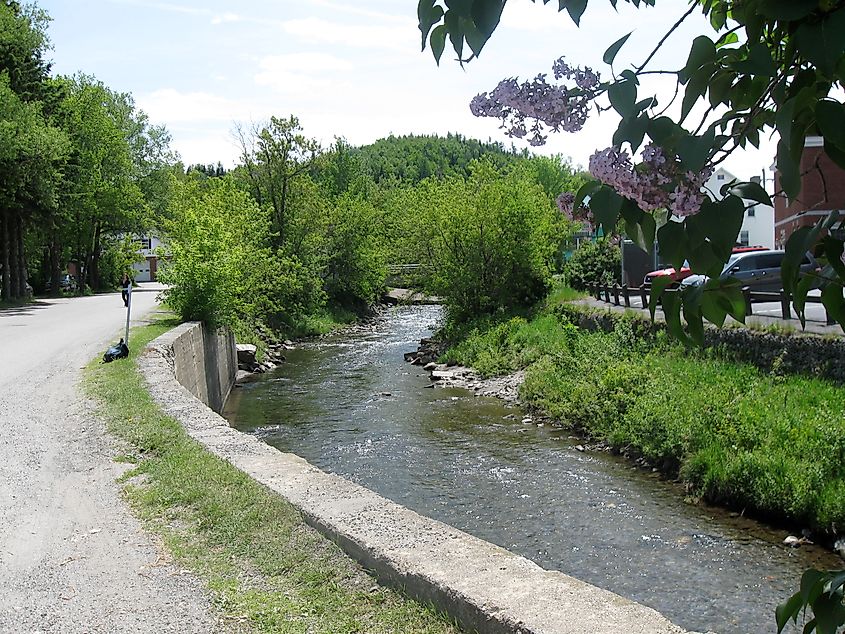
Explorers often visit Colebrook not for an abundance of eminent beauty, but for the thrill of discovering some on their own. Chief among these elusive spots is the mysterious Colebrook Cave. Rumored to have been found in the 1840s near “Witches’ Retreat” on Knapp Hill, then rediscovered in 1926 and lost again, this cave reportedly spans 83 feet wide with gravel floors, erratic ceilings, and hidden pits, all echoing with the sound of running water. That said, there’s still plenty to see in Colebrook without needing to rely on legend.
Vermont sits across the Connecticut River, which makes two abrupt turns near the western border of town, supporting the lush ecosystem of Beaver Brook Falls Natural Area. This greenery showcases an 80-foot cascade visible from the roadside, forming one of the few spots where mountain echoes meet forest murmurs and marshes. For history buffs, the Colebrook Area Historical Museum contains a concrete glimpse of town heritage, from early settler clothing to farming tools and period photos. The town also takes pride in the 1898 invention of one of the world’s first automatic voltage regulators by locals Phil & Allen Terrill.
New Hampshire Towns Where Wonder Still Lingers
Between deep history, ghost stories, and natural calm, New Hampshire radiates a welcoming community spirit that matches its gorgeous topography. Colebrook’s Town Woodlot conserves not just nature but the spirit of generations of timber practices as Spofford Lake in Chesterfield casts still reflections along its restful shores. The many mountain passes between Crawford Path and Sargent's Purchase carry footsteps that predate most hiking routes in America, tracing a course from Crawford Notch to the Presidential summits.
Mount Monroe and Mount Isolation rise nearby, while Portsmouth and Seabrook's harbors bring ocean life into the mix. Some of these towns lack municipal trappings and remain freer, like a blank slate etched by wind, ice, and human curiosity, while others pull all-nighters in celebration. Sparse populations, frigid extremes, wooden huts, foot-worn trails, and untamed folklore define these fierce corners of New Hampshire as places that feel suspended between memory and myth, never quite finished and never entirely found.

